New technology is helping cut treatment times for certain types of cancer from 17 hours to just 30 minutes.
The high-dose brachytherapy equipment is being made available at Tayside Cancer Centre at Ninewells Hospital.
Brachytherapy is a type of internal radiotherapy used to treat cancers in a specific part of the body, like cervical or uterine cancer.
How does it work?
Seeds, ribbons, or capsules that contain a radiation source are placed in the patient’s body in or near a tumour temporarily.
Experts say the new treatment means patients experience less discomfort while undergoing the procedure.
NHS Tayside say it will also allow the cancer centre, which currently treats more than 2,400 people each year, to expand the service and potentially deliver new types of treatment in the future.
The units currently delivers care for all adult cancer types for patients across Tayside and northern Fife.
‘Massive improvement’ for patients
Sankar Pillai, head of radiotherapy physics at NHS Tayside, said: “This new high-dose rate brachytherapy equipment will mean patients can have their treatment delivered over 30 minutes as opposed to 17 hours, which is how long it currently takes.
“This is a massive improvement for patients as it means less time isolated in a brachytherapy suite.
“Having this new treatment unit and a shorter treatment time will also allow us to see more patients and give us the opportunity to expand the service in the future and develop new treatments for other types of cancer.
“Commissioning this new technology has been a multi-disciplinary team effort involving radiotherapy physicists, radiographers, nurses and oncologists.”
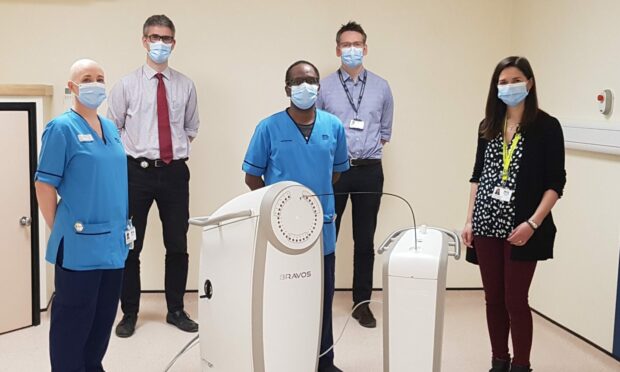
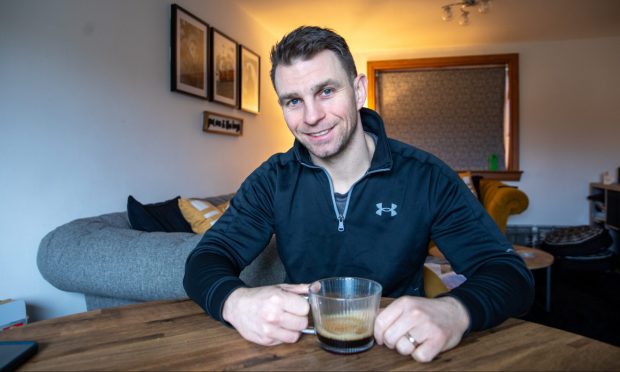

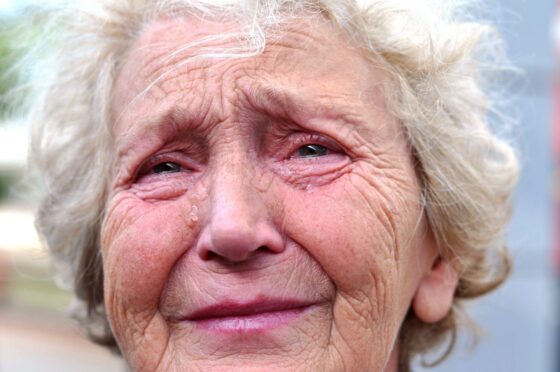

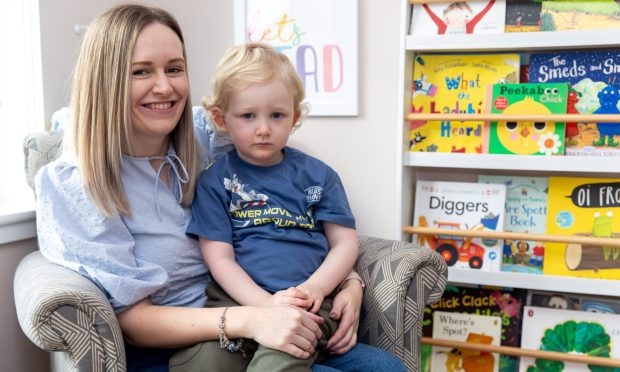
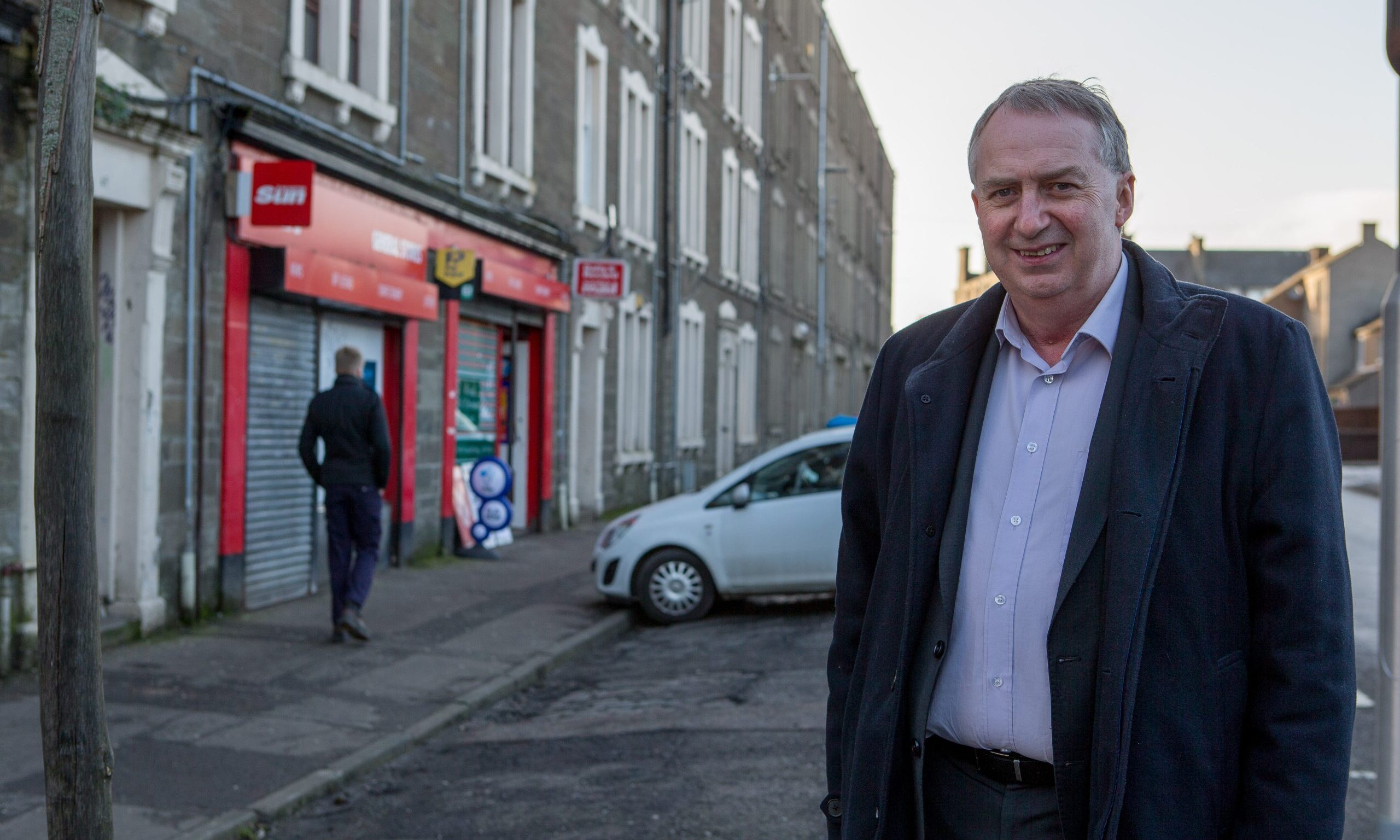
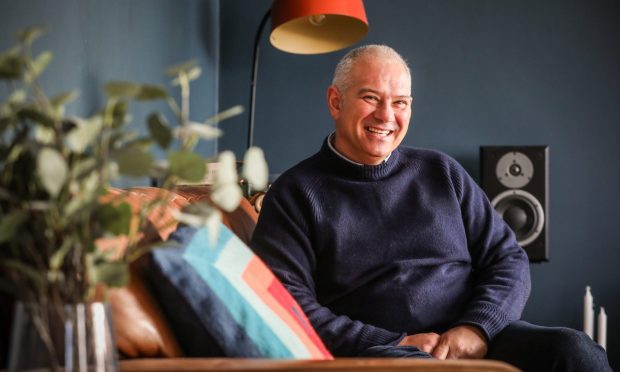
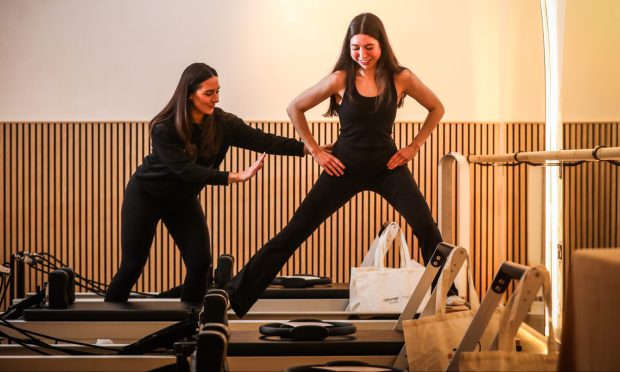
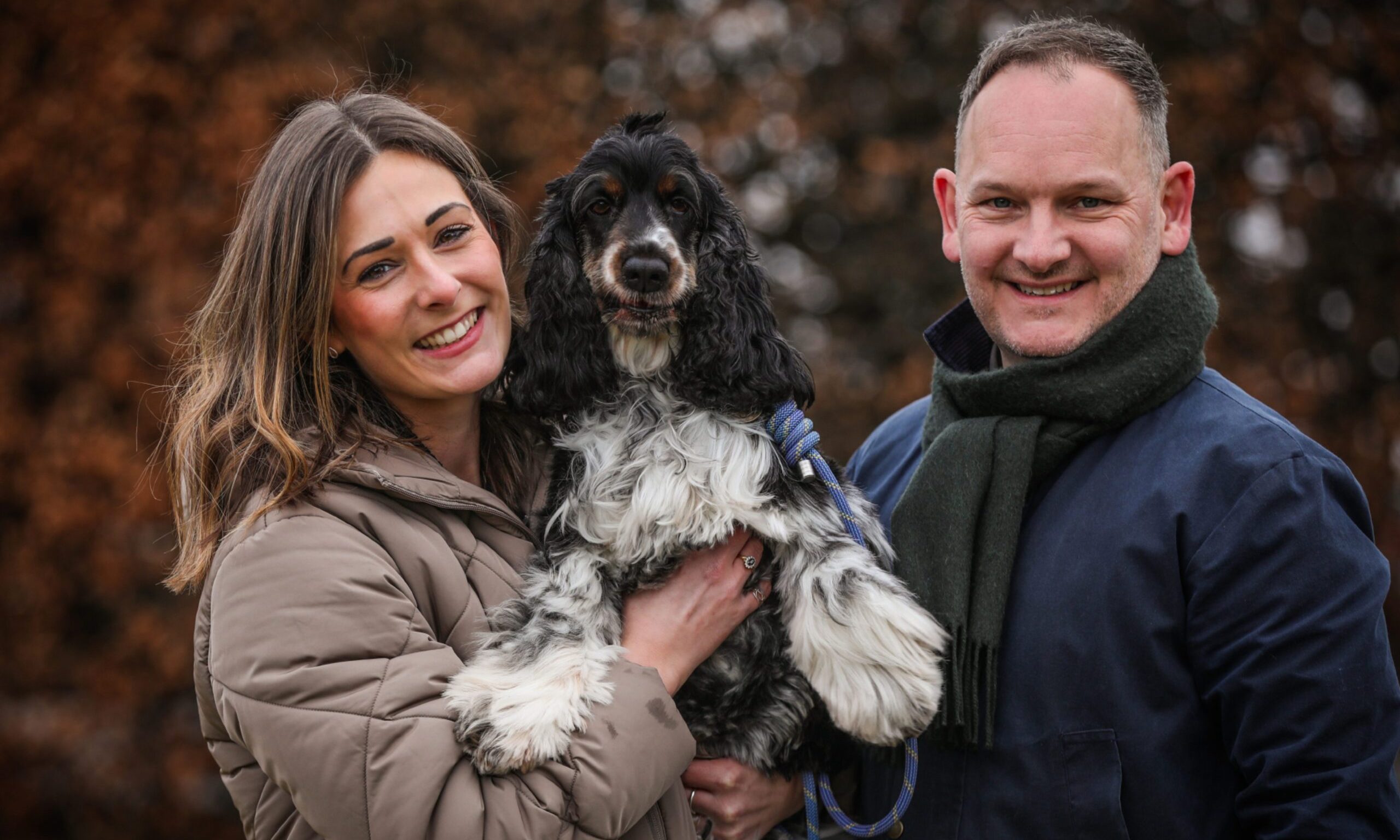
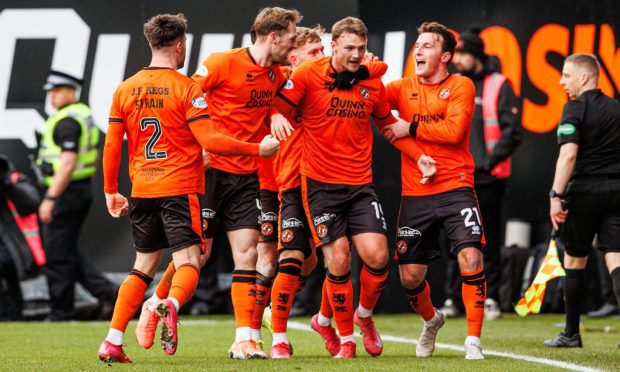
Conversation